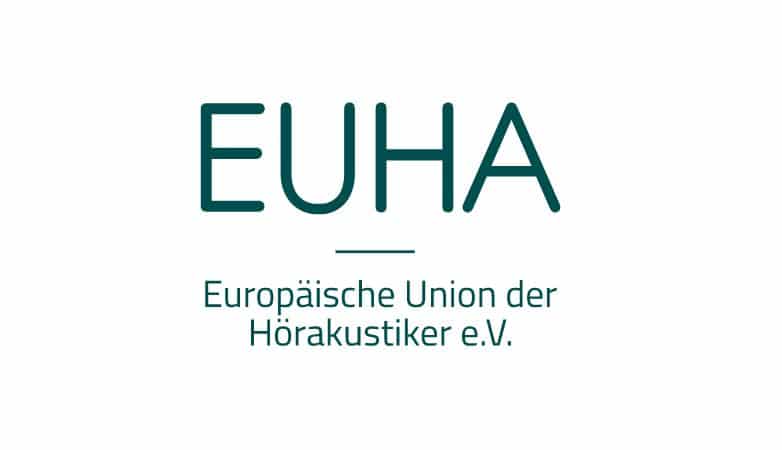After several months of intensive collaboration, the EUHA “Hearing Implants” expert group has published a new Guideline for “Implanted hearing systems in auditory acoustics”. It serves as a practical recommendation for hearing aid acousticians.
People with hearing loss have many options to improve their hearing benefiting from the latest technology. For most of those affected, a hearing system fitted to individual requirements by the experts in the hearing aid shop is a good option.
Hearing implant solutions are an alternative to conventional hearing systems. Just like those who use hearing systems, people with an implanted hearing system also depend on reliable care before, during, and after implantation, care that should be performed as close to home as possible. Among other things, the “competence of a hearing aid acoustician is required”.
For this reason, EUHA set up an expert group on hearing implants at the beginning of 2022. The interdisciplinary group headed by Eva Keil-Becker, EUHA Vice President, concentrated on the role played by hearing aid acousticians in the context of hearing implant care. The result of this collaboration is a new Guideline, “Implanted hearing systems in auditory acoustics”, that the EUHA published in mid-October 2022.
“We would like to see hearing implants of consistently high quality for all those affected. My colleagues in the hearing aid shops play a large part in this. For a great number of people with hearing loss, they are the most important point of contact, alongside the ENT specialist.”
–Eva Keil-Becker, EUHA Vice President
The central topic of the Guideline is the services provided by hearing aid acousticians based on three possible qualification levels concerning hearing implants. According to the Guideline, hearing aid acousticians without additional qualification in the field of implant care can primarily give advice on the subject, while acousticians with further training and hearing implant service provide wide-ranging support to the persons concerned before and after implantation; they can also carry out services such as maintenance and repairs.
“Furthermore, hearing aid acousticians are mentioned who have completed further training to become hearing implant specialists, or CI acousticians, and can also carry out long-term follow-up care, if necessary,” continued Eva Keil-Becker. “What is critical at all skill levels is the willingness to work closely with the other disciplines involved in hearing implant care. The preamble to the new Guideline also emphasises this fact. To me, it is important that hearing aid acousticians correctly document and interpret all customer data, recognise the cases in which alternative treatment options are indicated, and also provide information about them”
Good to know
In addition to Eva Keil-Becker, the group of experts who developed the Guideline includes master craftswoman of hearing aid acoustics Monika Mayer and master craftsmen of hearing aid acoustics Michael Willenberg and Eberhard Aigner as well as ENT specialist Prof. Dr. Anke Lesinski-Schiedat.
The EUHA regularly publishes Guidelines on current topics as practical recommendations for its members and all hearing aid acousticians interested – for instance on “Custom-made earmoulds for fitting hearing systems”, “Wireless remote microphone systems – configuration, verification and measurement of individual benefit”, and on “The practice of calibrating test boxes”.
All the EUHA Guidelines are available free for download at







